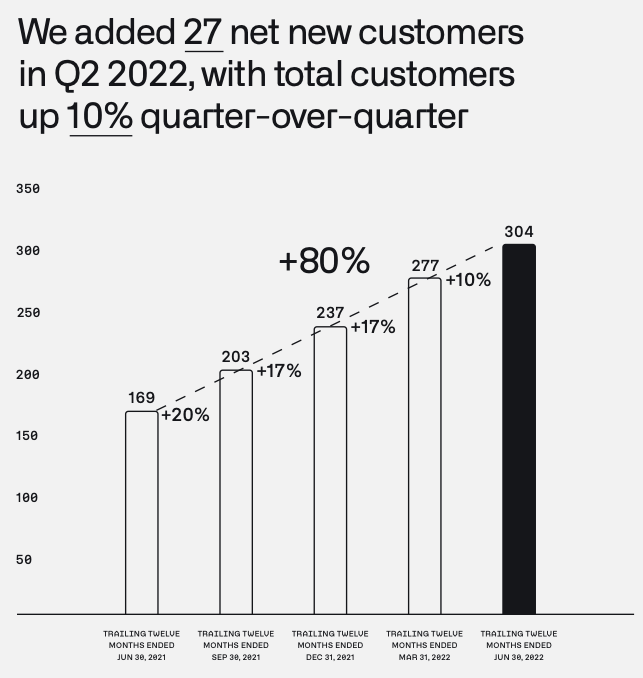The Daycare Dilemma: Balancing Work And Childcare

Table of Contents
The High Cost of Childcare
One of the biggest hurdles in the Daycare Dilemma is the significant financial burden. The cost of childcare can be surprisingly high, often rivaling or exceeding the cost of college tuition. Understanding and budgeting for these expenses is crucial.
Budgeting for Daycare
Daycare pricing models vary considerably. You might encounter hourly rates, daily fees, weekly charges, or monthly payments. It's essential to understand the specific pricing structure of each daycare center you consider. Beyond the base fees, remember to factor in hidden costs. These can include:
- Supplies: Diapers, wipes, formula, and other consumables can add up quickly.
- Activities: Many daycares charge extra for field trips, special events, and enrichment programs.
- Transportation: If you need transportation to and from the daycare, account for gas, parking, or public transit costs.
To mitigate the financial strain, research financial assistance programs and subsidies available in your area. Many states and municipalities offer programs designed to help families afford childcare.
- Create a realistic childcare budget: Track your income and expenses to determine what you can realistically afford.
- Explore options like in-home care or nanny shares: These alternatives can sometimes be more cost-effective than traditional daycare centers, though they may require more planning and coordination.
- Consider the long-term financial implications of daycare choices: Choosing a more expensive daycare now might offer benefits in the long run, such as higher quality care and better educational opportunities.
Exploring Affordable Childcare Alternatives
If the cost of traditional daycare is prohibitive, explore alternative options.
- Family assistance: Grandparents, aunts, uncles, or other family members might be willing to provide childcare, either full-time or part-time. This can significantly reduce costs, but it's important to consider the impact on family dynamics and the availability of the caregiver.
- Community-based programs: Many communities offer subsidized childcare programs or reduced-fee options for low-income families. These programs often have waiting lists, so it's essential to apply early.
- In-home daycare: This option offers a more personalized and intimate setting than larger daycare centers. However, it's crucial to carefully vet the provider to ensure safety and quality.
Remember to weigh the pros and cons of each alternative based on your specific needs, budget, and family circumstances.
- Investigate local community centers: They may offer affordable after-school programs or other childcare services.
- Assess the availability of family support networks: Leverage the support of family and friends to create a flexible childcare solution.
- Weigh the pros and cons of each childcare alternative: Consider factors such as cost, convenience, quality of care, and your child's individual needs.
Finding the Right Daycare Center
Choosing the right daycare is paramount in overcoming the Daycare Dilemma. It requires careful evaluation of various factors to ensure your child's safety, well-being, and development.
Evaluating Daycare Quality and Safety
Quality childcare is essential for your child's development. Prioritize safety and high-quality care when choosing a center.
-
Licensing and accreditation: Verify that the daycare center is properly licensed and accredited by relevant authorities. This demonstrates compliance with safety standards and regulations.
-
Teacher-to-child ratios and staff qualifications: Lower teacher-to-child ratios ensure that each child receives individual attention. Inquire about the staff's qualifications, experience, and background checks.
-
Safety features and emergency procedures: Assess the security measures in place, including security systems, emergency exits, and emergency protocols.
-
Observe the daycare environment firsthand: Visit potential daycare centers during regular operating hours to observe the environment, interactions, and overall atmosphere.
-
Check for state licensing and accreditation: This is a crucial first step in ensuring the daycare meets minimum standards.
-
Verify staff qualifications and background checks: Ensure teachers are properly trained and have undergone background checks for your peace of mind.
-
Observe the daycare environment firsthand: A visit will allow you to assess the cleanliness, organization, and overall atmosphere.
-
Look for a nurturing and stimulating environment: Your child should feel safe, happy, and engaged in their learning experiences.
Choosing the Right Fit for Your Child
Beyond the practical aspects, ensure the daycare is a good fit for your child's personality and developmental needs.
-
Consider your child's personality, age, and developmental needs: Different daycares cater to different age groups and learning styles.
-
The importance of a good fit between your child and caregivers: Observe how your child interacts with the teachers and other children. A positive connection is crucial.
-
Visiting multiple daycare centers and observing your child's interaction: Spend time observing your child's interaction with the staff and other children to assess the fit.
-
Prioritize a daycare that aligns with your child's personality: A shy child might thrive in a smaller, more intimate setting, while an outgoing child might prefer a more active environment.
-
Observe classroom interactions and assess teacher-child relationships: Watch how the teachers interact with the children. Look for patience, warmth, and positive reinforcement.
-
Check for opportunities for social-emotional development and creative learning: A good daycare program will provide opportunities for children to develop socially, emotionally, and creatively.
Managing Work and Daycare Logistics
The Daycare Dilemma also involves successfully managing the practical logistics of combining work and childcare.
Effective Time Management Strategies
Efficient time management is crucial to alleviate stress and avoid conflicts between work and childcare responsibilities.
-
Balancing work deadlines and childcare pick-up/drop-off times: Coordinate your work schedule to accommodate daycare hours as much as possible.
-
Utilizing flexible work arrangements (if possible): Explore options such as working from home, flexible hours, or compressed workweeks with your employer.
-
Planning ahead to minimize morning and evening rush hour stress: Prepare everything the night before to streamline morning routines and reduce stress.
-
Create a detailed daily or weekly schedule: Plan your day meticulously, allocating specific times for work tasks, childcare, and personal responsibilities.
-
Utilize online calendar tools: Use digital calendars to schedule appointments, meetings, and childcare pick-up/drop-off times.
-
Explore flexible work options with your employer: Discuss the possibility of telecommuting, flexible hours, or other work arrangements that can better accommodate your childcare needs.
-
Build in buffer time for unexpected delays: Life happens. Account for potential delays in traffic, childcare emergencies, or other unexpected events.
Communicating Effectively with Your Daycare Provider
Open and consistent communication with your daycare provider is essential.
-
Regular communication about your child's progress and needs: Maintain regular contact with your child's teacher to discuss their development, behavior, and any concerns.
-
Open and honest dialogue regarding concerns or issues: Don't hesitate to raise any concerns or issues promptly and directly with the daycare staff.
-
Building a strong working relationship with the daycare staff: Foster a positive and collaborative relationship to ensure a smooth and successful childcare experience.
-
Maintain regular contact with your child's teacher: Schedule regular check-ins to discuss your child's progress and any potential issues.
-
Actively participate in parent-teacher meetings: These meetings are valuable opportunities to learn more about your child's development and to discuss any concerns.
-
Communicate any changes in your child's health or behavior promptly: Keep the daycare staff informed of any changes in your child's health or behavior to ensure they can provide appropriate care and support.
Conclusion
The "Daycare Dilemma" is a significant challenge for many working parents. Finding affordable, high-quality childcare that meets your child's needs while accommodating your work schedule requires careful planning, research, and effective communication. By considering the cost, quality, and logistical aspects of childcare, and by proactively managing your time and relationships with daycare providers, you can navigate the Daycare Dilemma successfully and strike a better balance between work and family life. Remember to continue researching options and don’t hesitate to seek support from family, friends, or community resources to overcome the Daycare Dilemma and find the perfect solution for your family.

Featured Posts
-
 Offres D Emploi Restaurants Et Rooftop De Dauphine A Dijon
May 09, 2025
Offres D Emploi Restaurants Et Rooftop De Dauphine A Dijon
May 09, 2025 -
 Palantir Stock Analysis Is It A Good Investment
May 09, 2025
Palantir Stock Analysis Is It A Good Investment
May 09, 2025 -
 The Snl Impression That Upset Harry Styles
May 09, 2025
The Snl Impression That Upset Harry Styles
May 09, 2025 -
 Fast Paced Fun St Albert Dinner Theatres New Farce
May 09, 2025
Fast Paced Fun St Albert Dinner Theatres New Farce
May 09, 2025 -
 Massive Alaskan Protest Targets Doge And Trump Administration Actions
May 09, 2025
Massive Alaskan Protest Targets Doge And Trump Administration Actions
May 09, 2025
